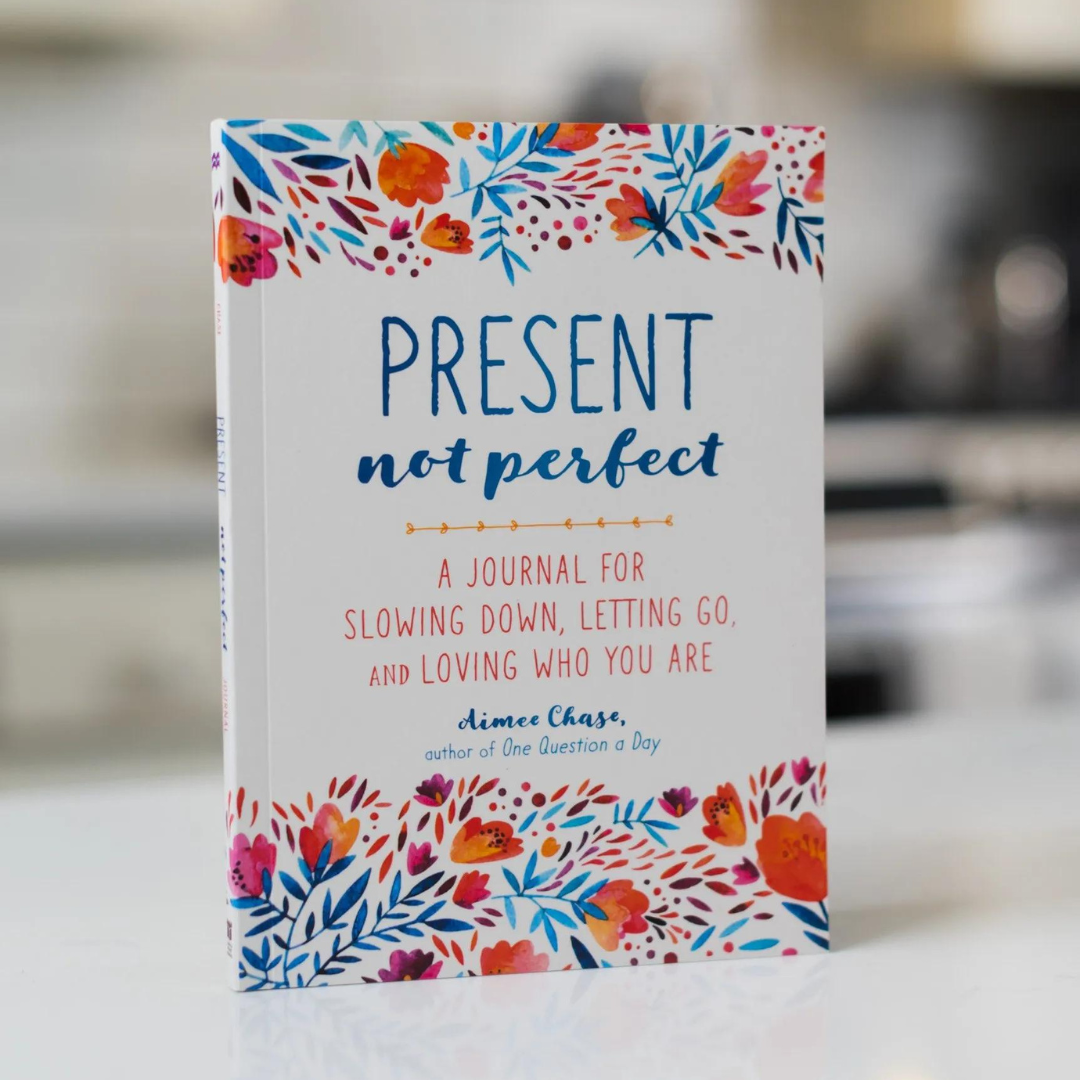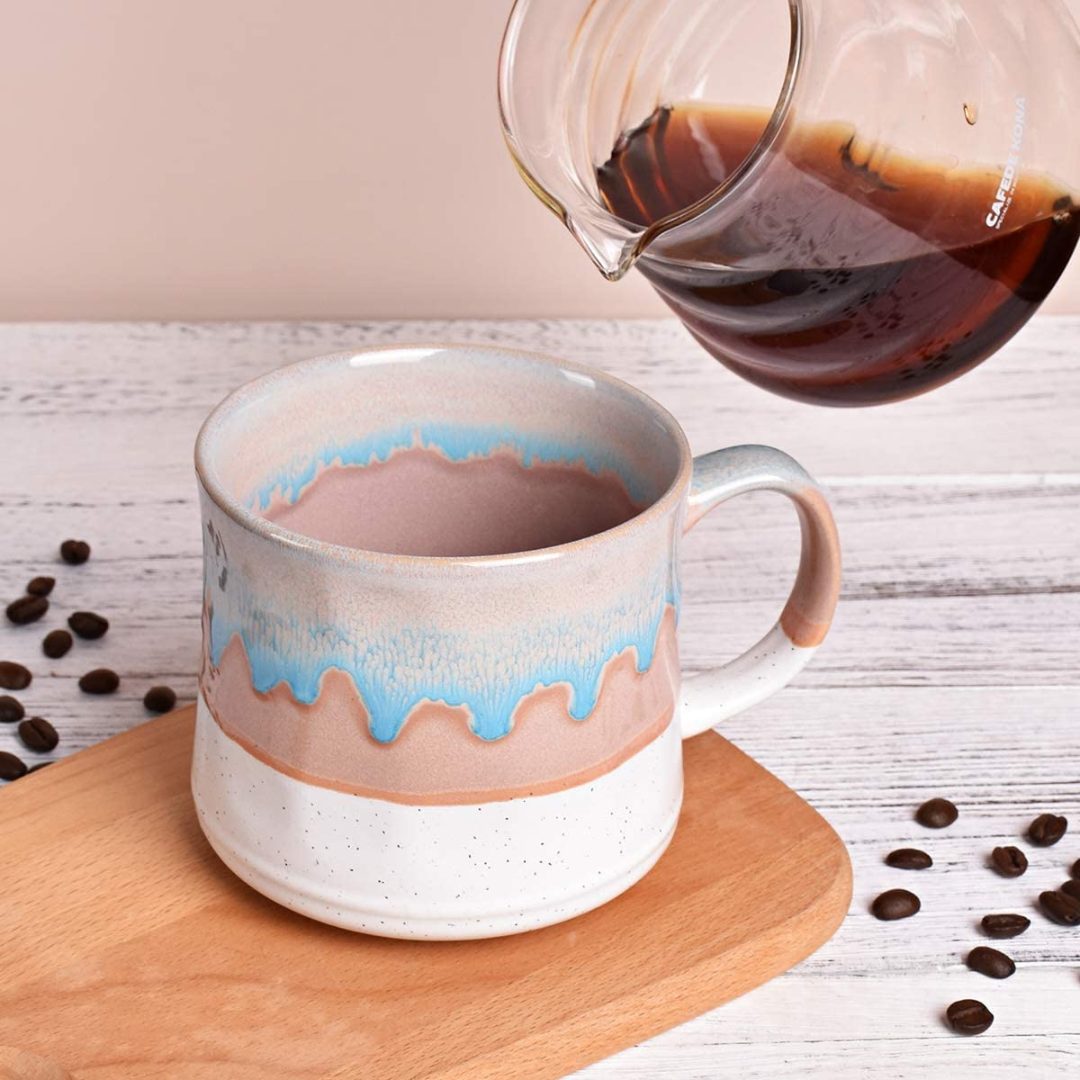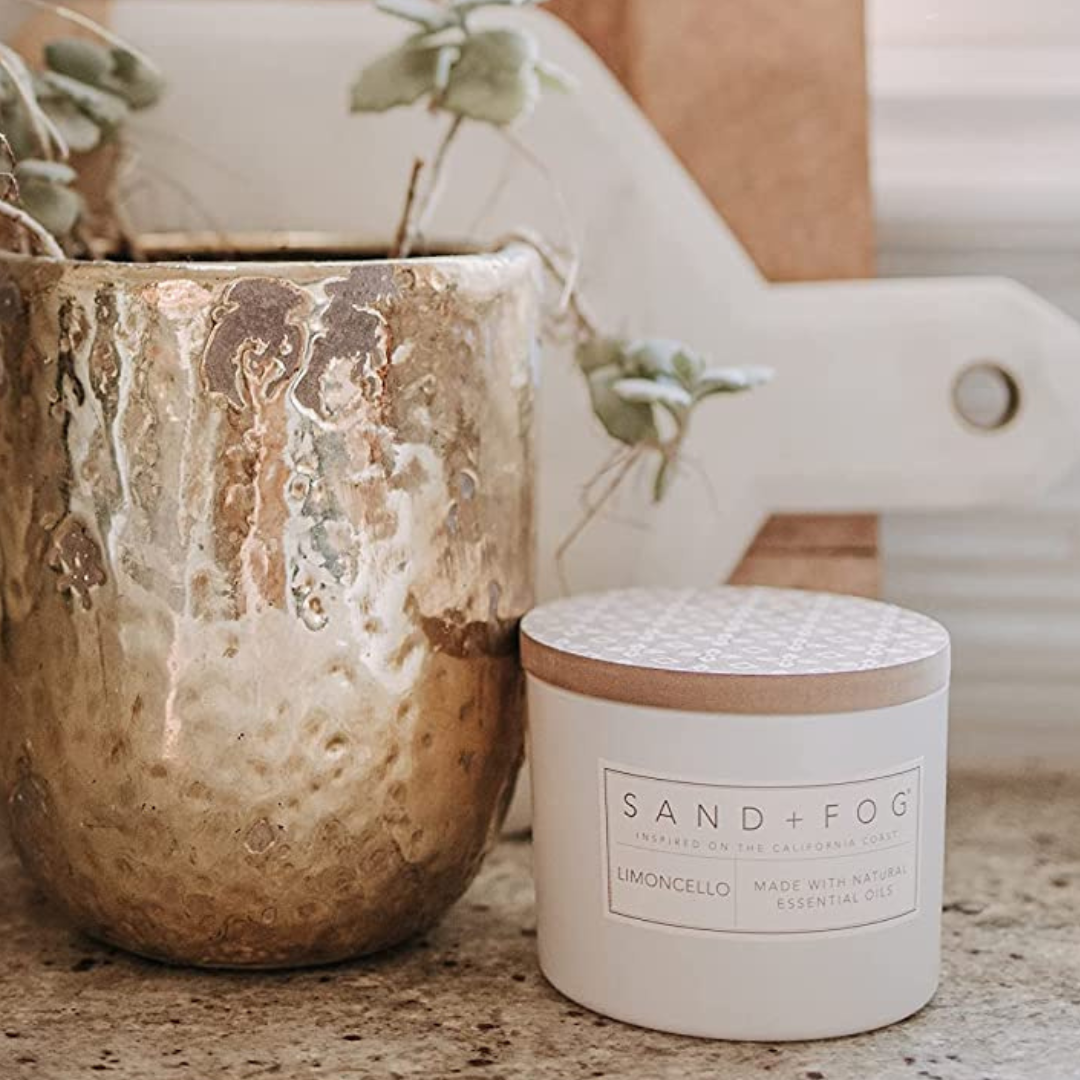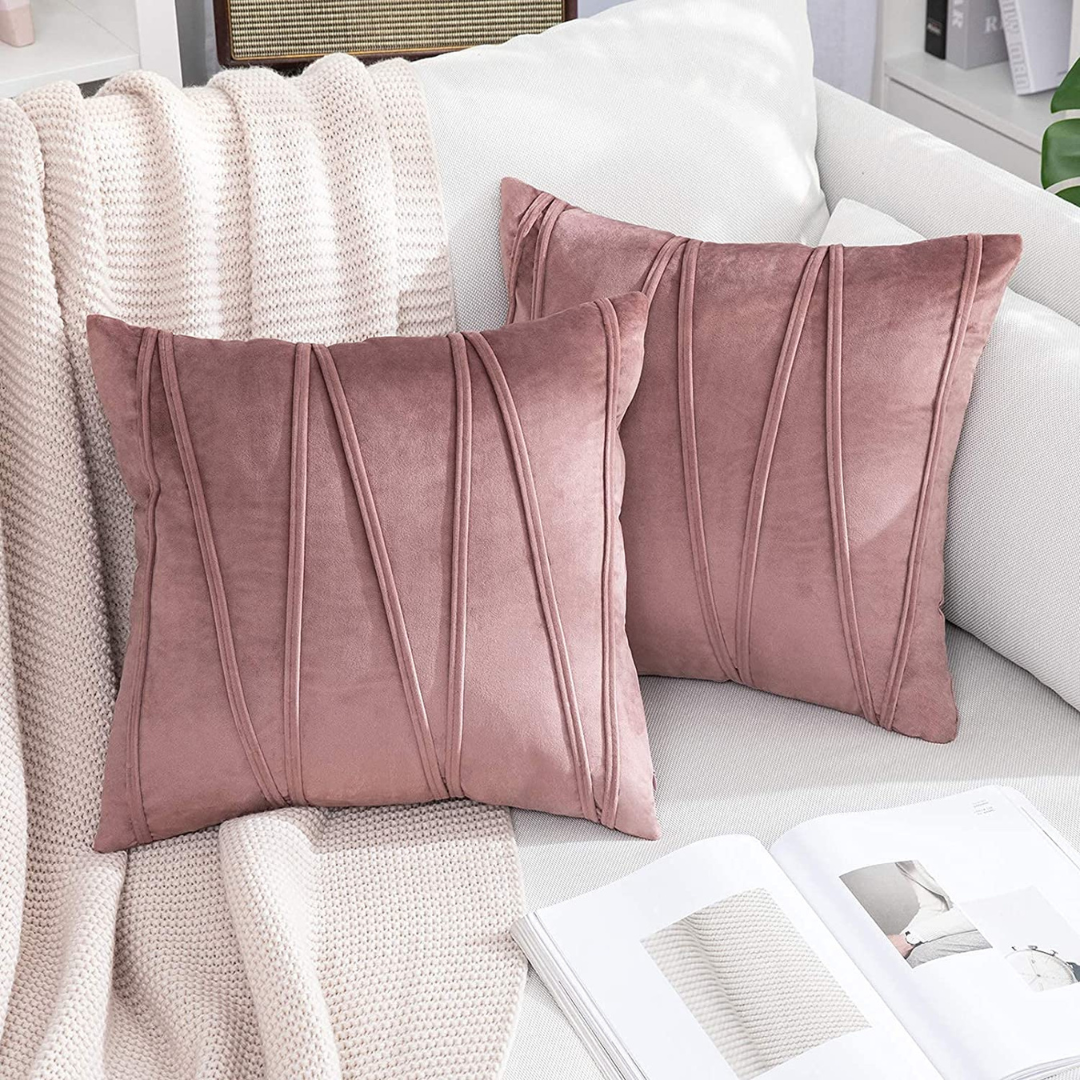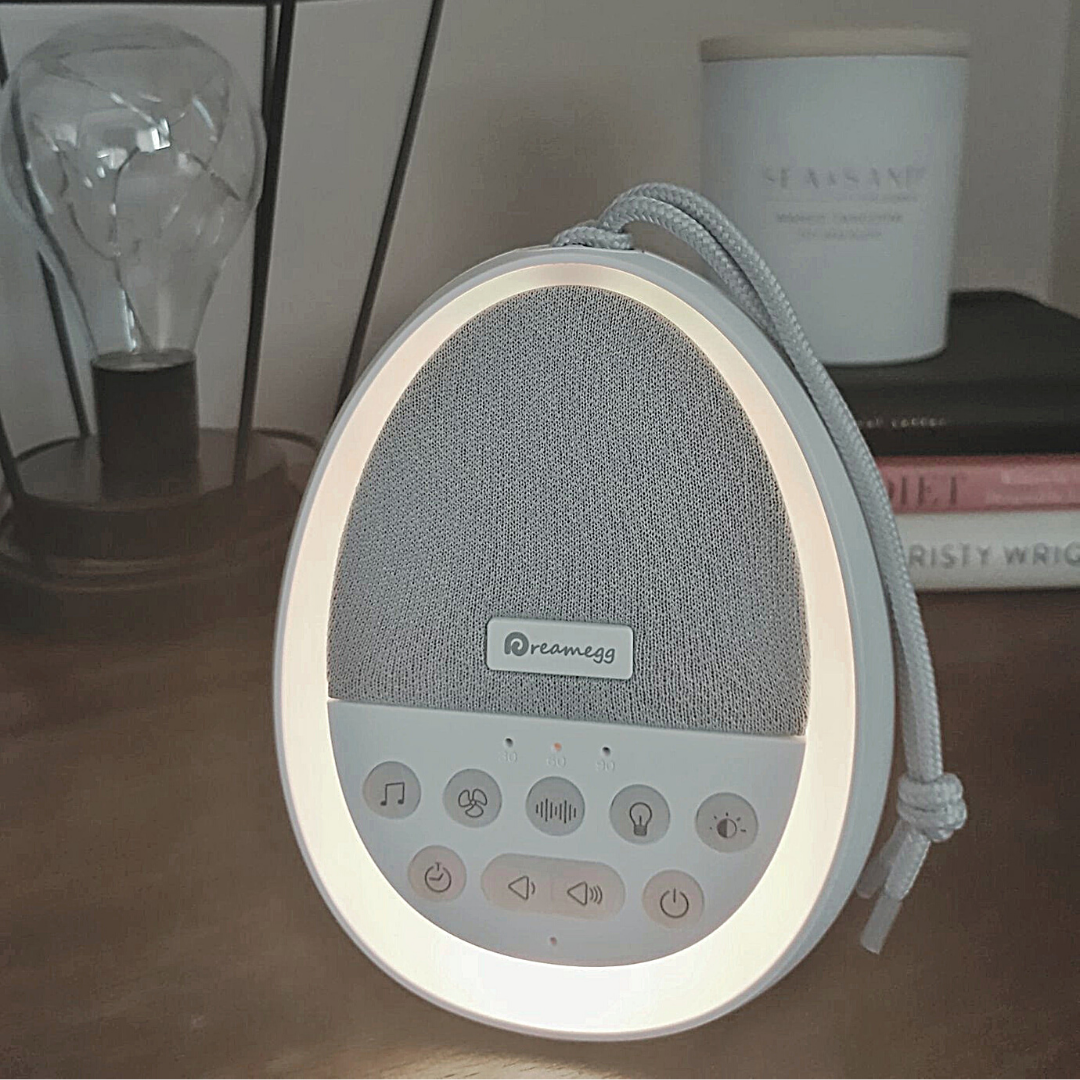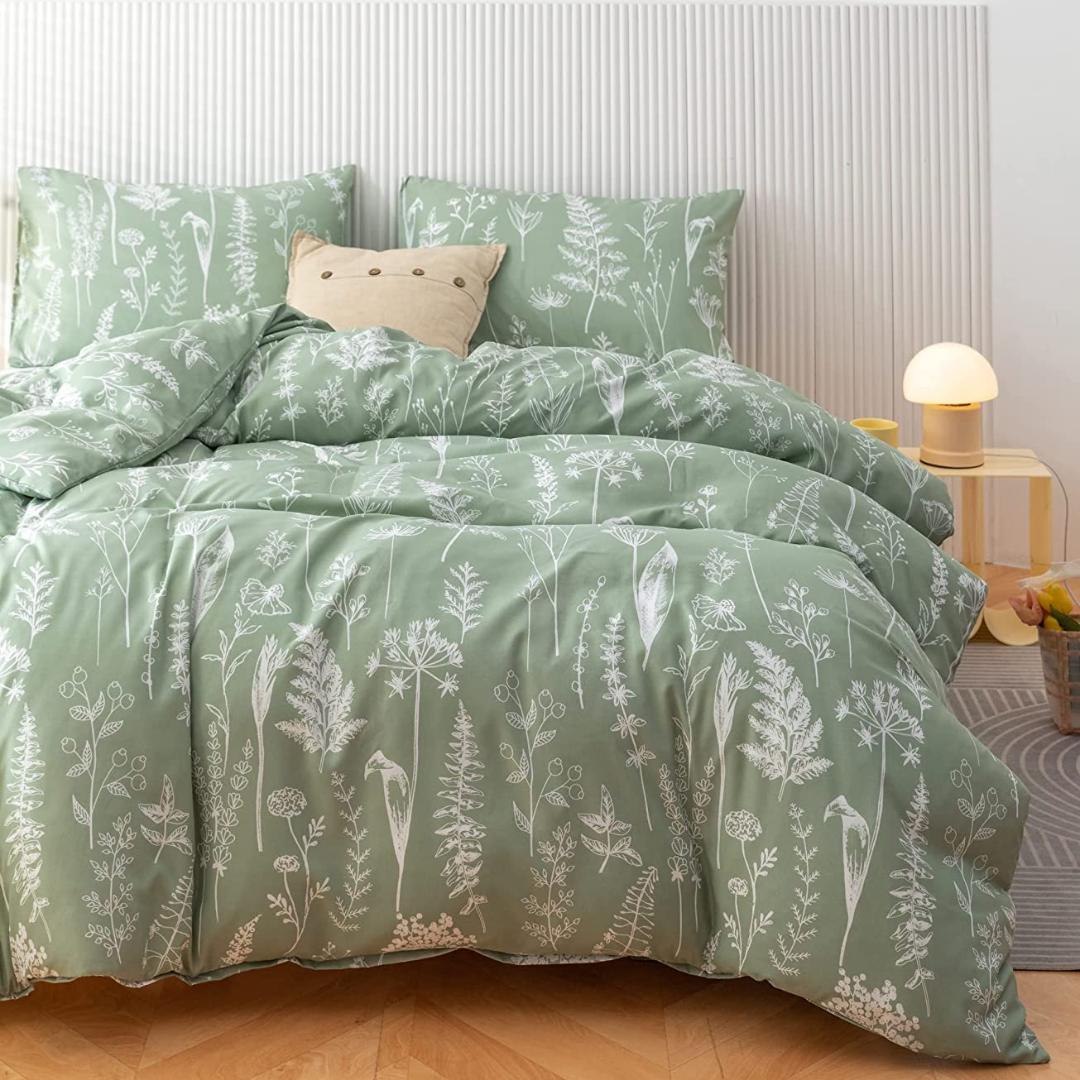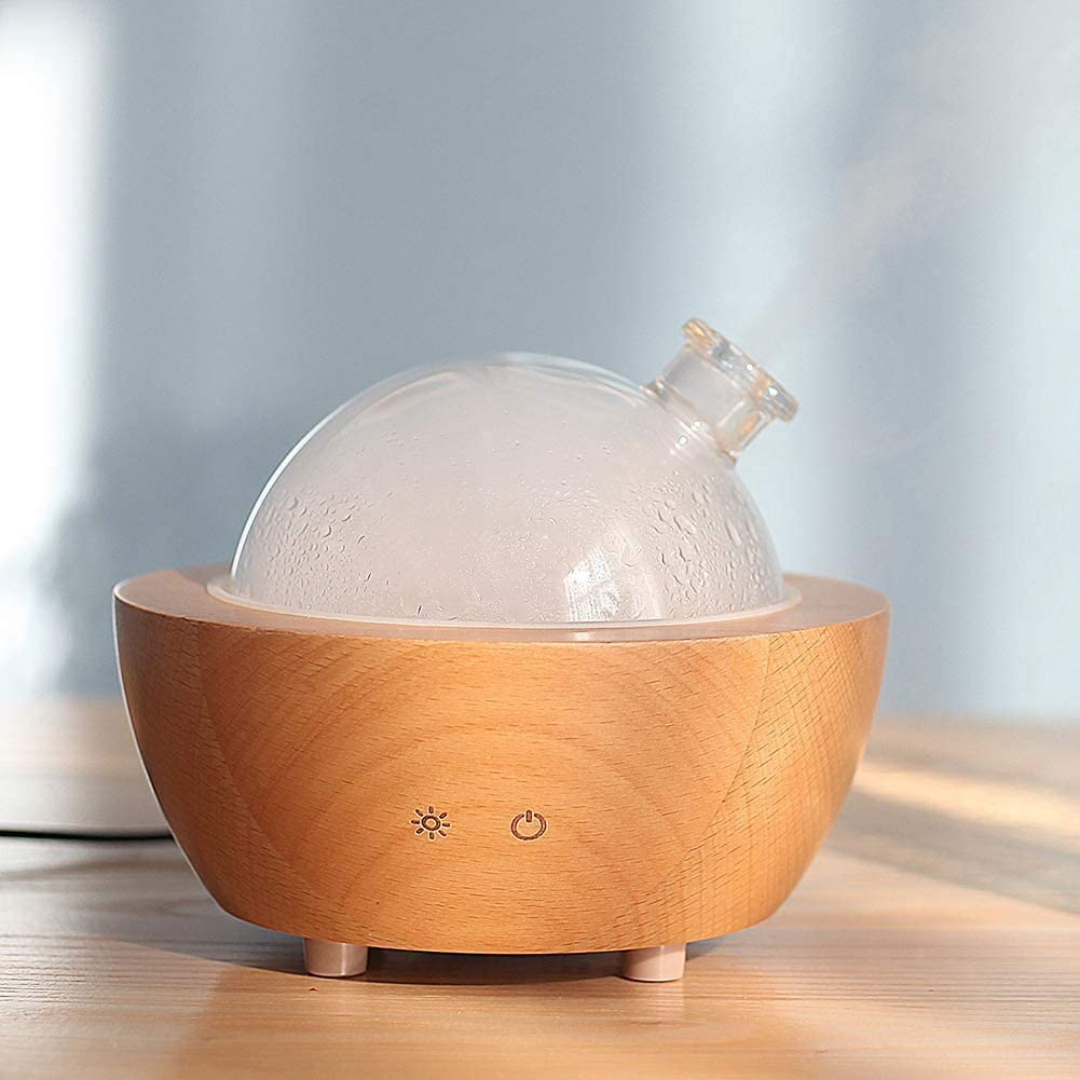|
|First things first, you don’t need to be an artist in order to experience the benefits of using art in your grief journey. Fine art - what people usually think of when they say, “I’m not an artist!” - is all about the product. Grief art, on the other hand, is all about the process of creating it. It might produce a result that’s less than aesthetically pleasing, but know what? Grief isn’t pretty, either. If you or someone you know is experiencing intense and prolonged difficulties following a loss, reach out to a health provider such as a doctor or nurse, or a mental health practitioner such as a therapist or helpline for more support. Facing the Blank Canvas: |
Welcome to the blog!↓ That's me, Heather. :)
MENTAL HEALTH RESOURCE VAULTGreat!Check your email for instructions on how to access the Mental Health Resource Vault. Categories
All
Popular Posts// 25 Positive Mindset Quotes
// Self-Care Bullet Journal Spreads // 7 Ways Your Physical Health is Connected to Your Mental Health |
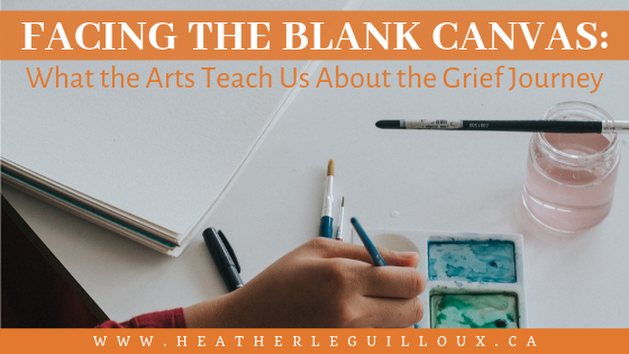
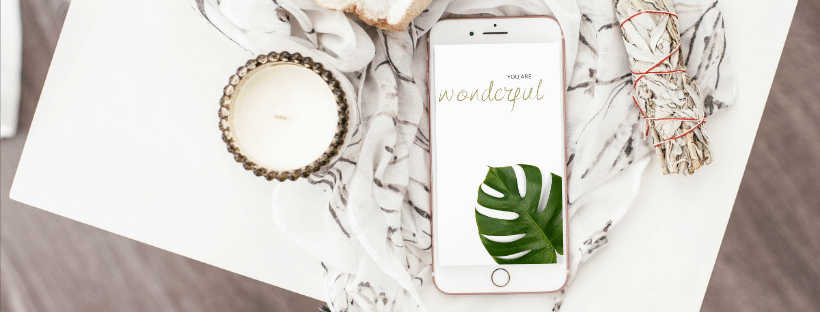
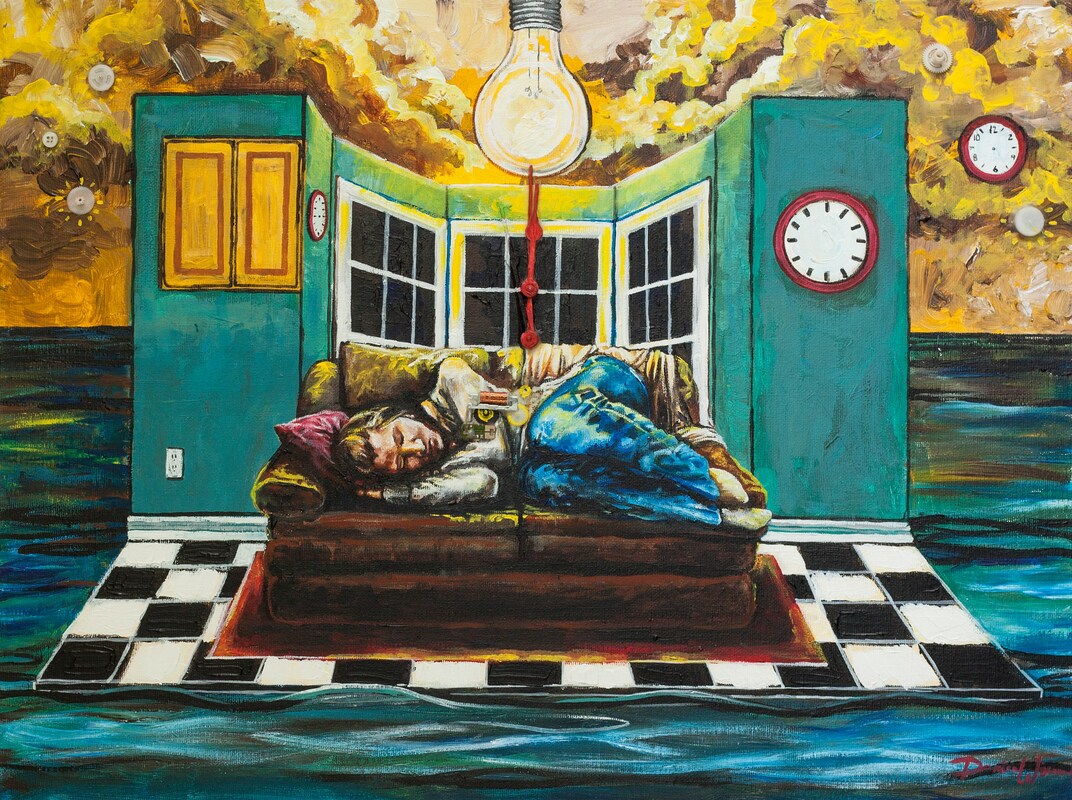
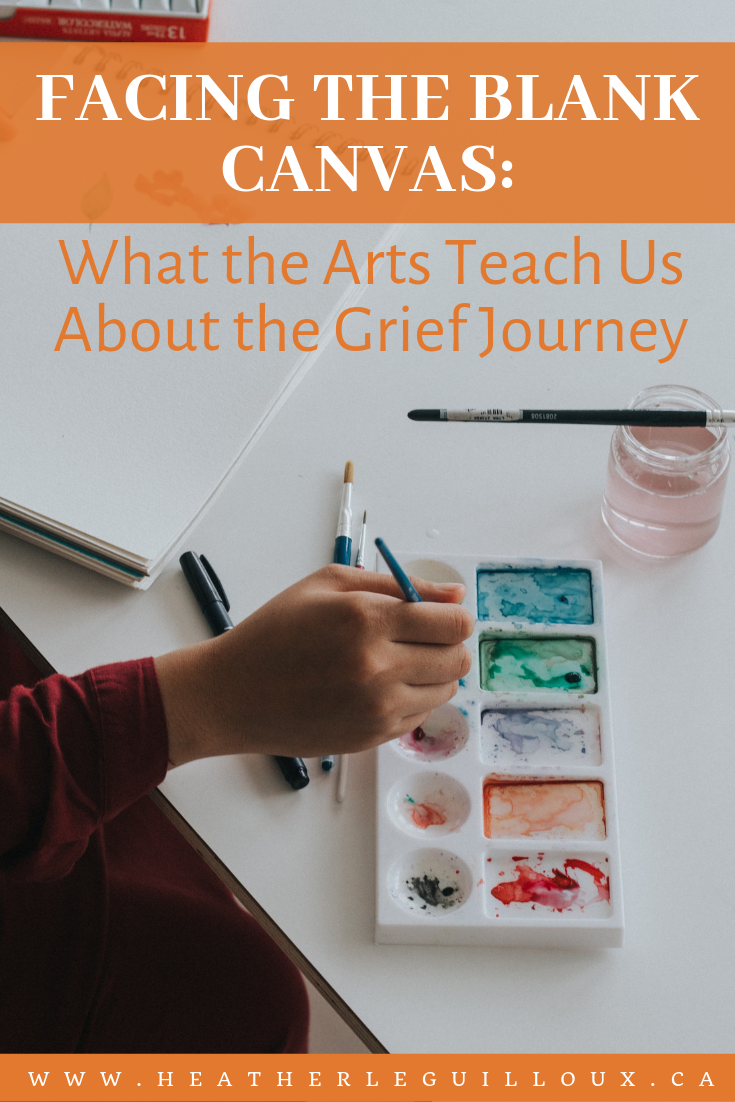
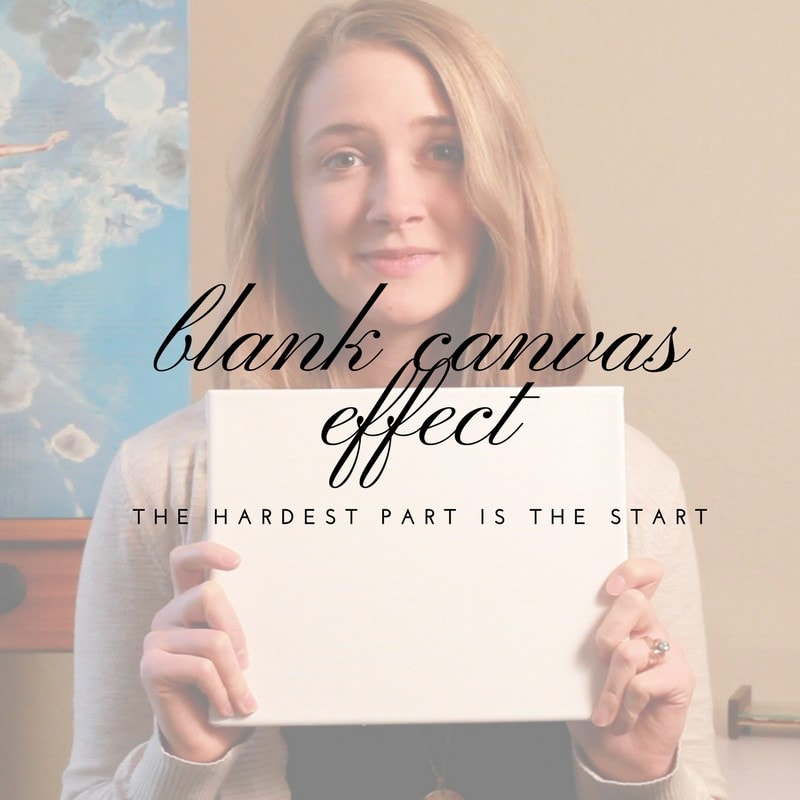
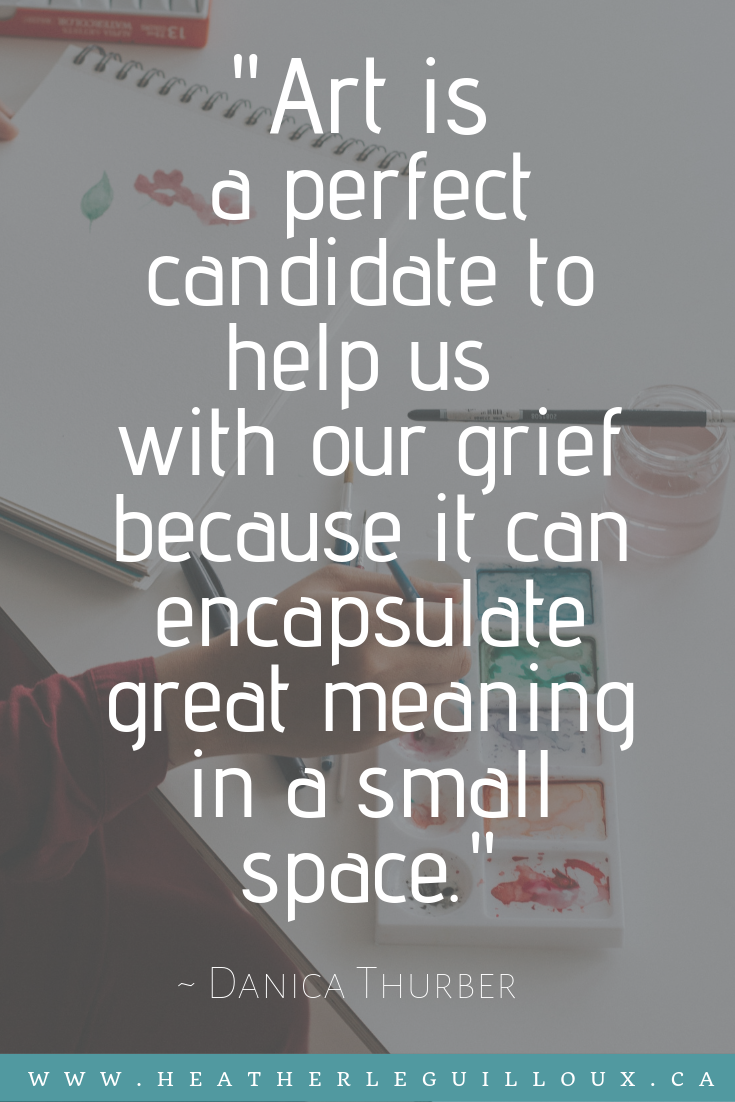
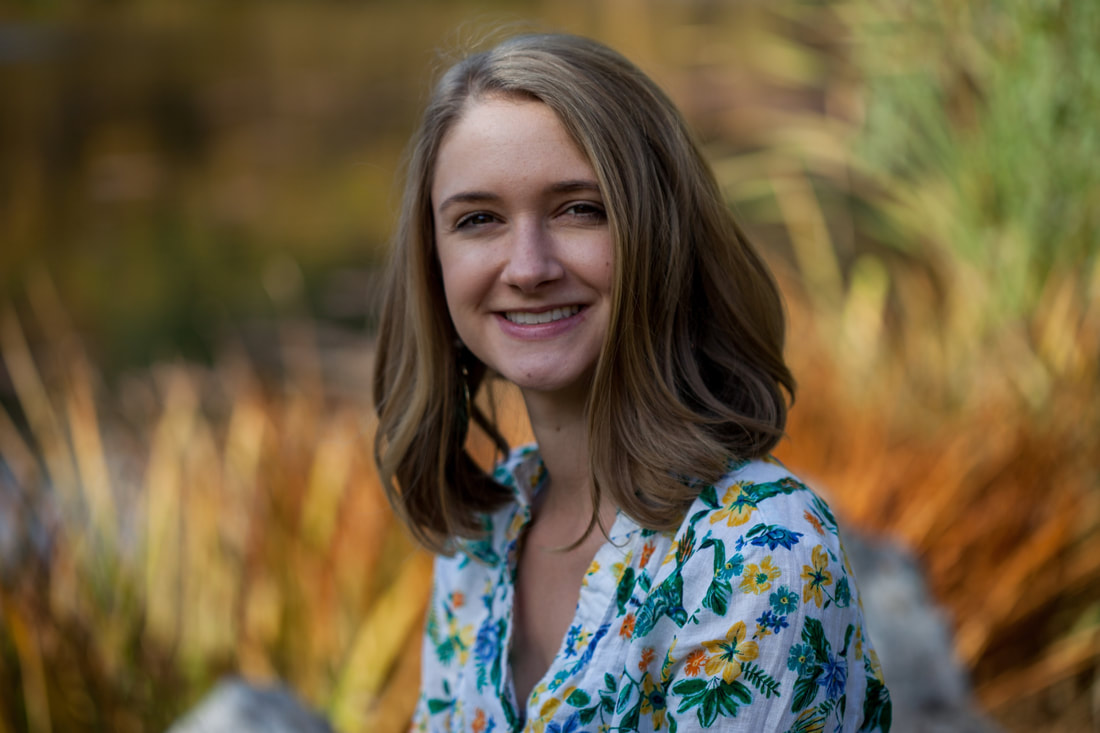


 RSS Feed
RSS Feed




